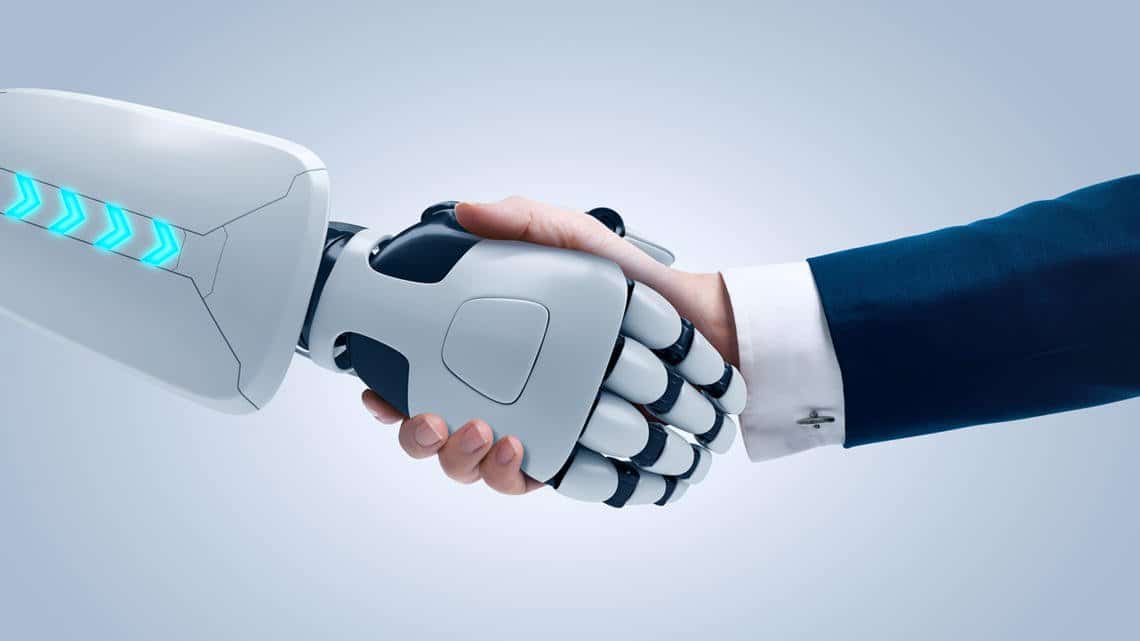Dear CERN, your accelerator is out of date
A team of researchers has developed the first prototype of a miniature particle accelerator, which uses terahertz waves instead of radio frequencies. A single accelerator module is just 1 centimeters in size, and a millimeter thin. Terahertz technology could allow the miniaturization of the entire apparatus: this is the objective of the group led by Franz Kärtner, of the Center for Free-Electron Laser Science. The prototype was presented with an article in the scientific journal Nature. The author hypothesizes numerous fields of application of accelerators… Read more












